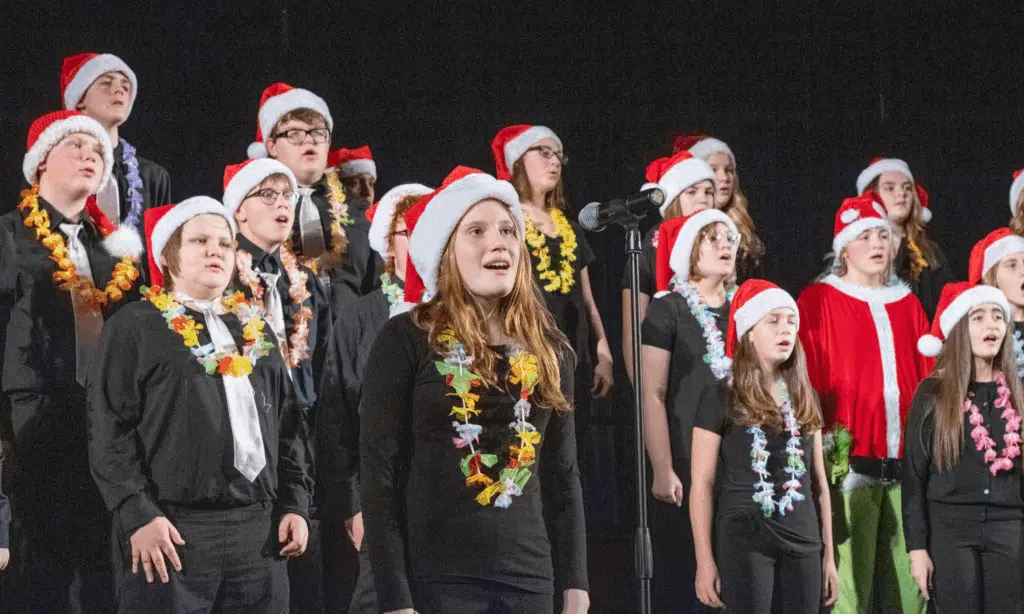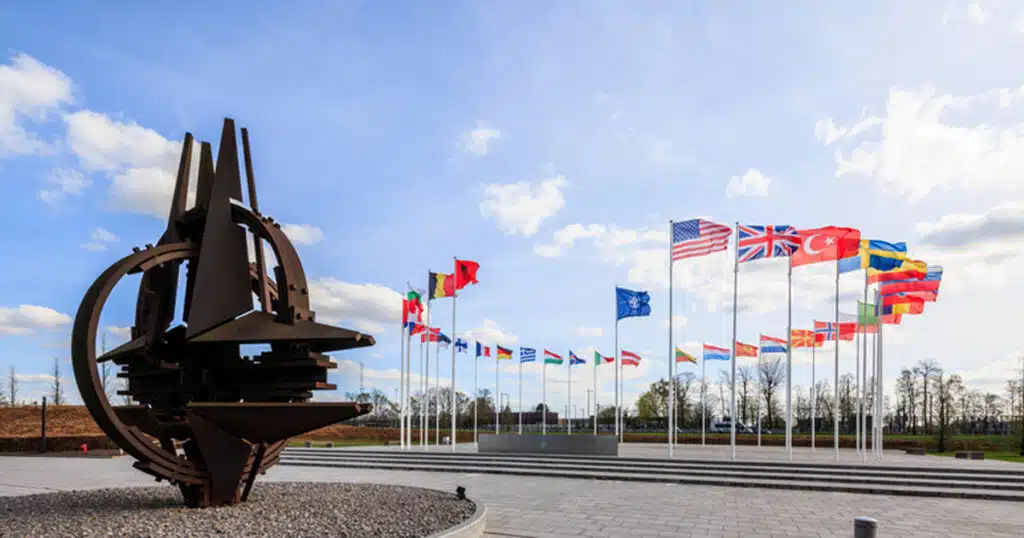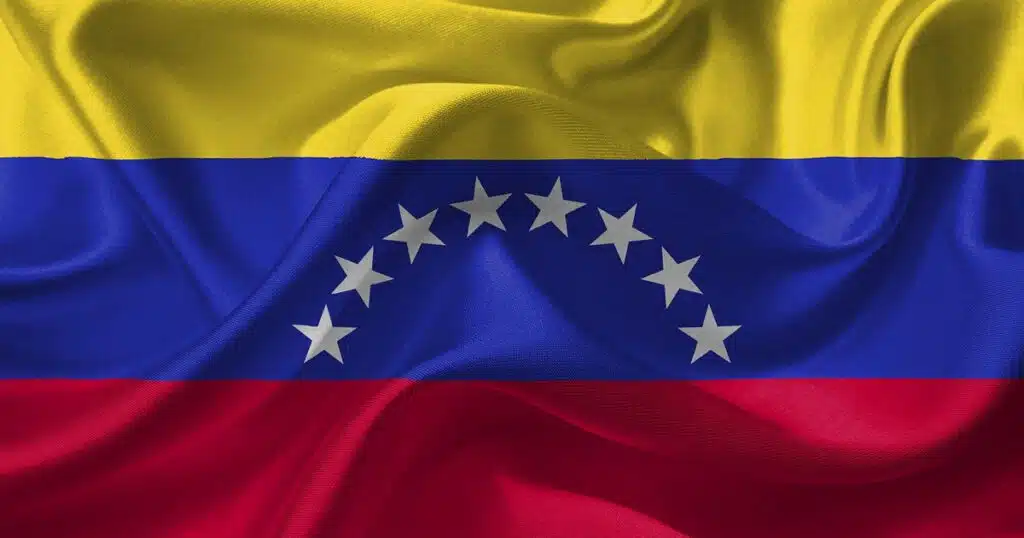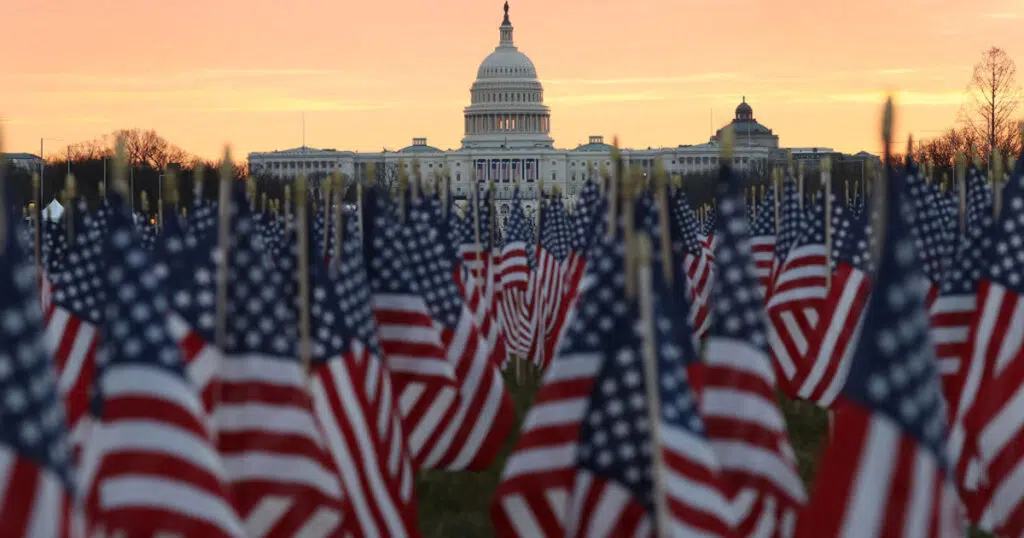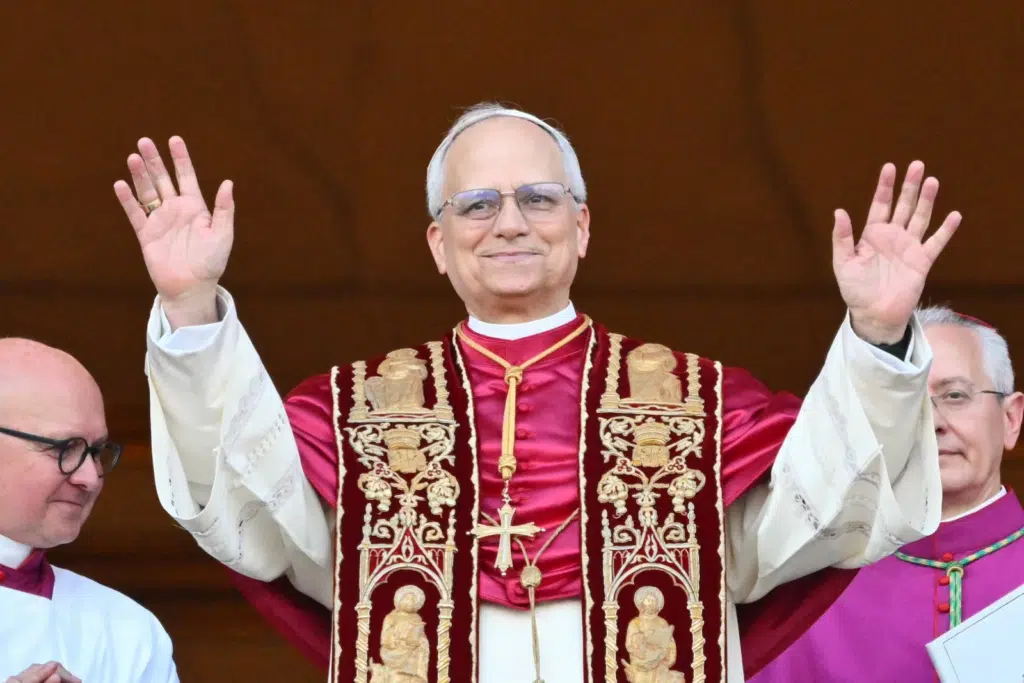
The New Pope Is American; Will He Be Catholic?
Robert Prevost, a missionary from Chicago who dedicated his career to ministering in Peru and later took over the Vatican’s influential office of bishops, was elected today as the first pope from the United States in the Catholic Church’s history. The new 69-year-old pontiff chose the name Pope Leo XIV.
He earned a Bachelor of Science in Mathematics from Villanova University in 1977 and a Master of Divinity from the Catholic Theological Union in Chicago. He also completed a licentiate and a doctorate in canon law at the Pontifical College of St. Thomas Aquinas in Rome. His doctoral thesis focused on “The Role of the Local Prior in the Order of Saint Augustine.”
His career in the Church has been marked by significant roles and achievements. After being ordained as a priest in 1982, Prevost joined the Augustinian mission in Peru in 1985 and served as the chancellor of the Territorial Prélature of Chulucanas from 1985 to 1986.
From 1987 to 1988, he was in the United States, serving as the pastor for vocations and director of missions for the Augustinian Province of Chicago. He then returned to Peru, where he spent the next ten years leading the Augustinian seminary in Trujillo and teaching canon law at the diocesan seminary, where he also held the position of prefect of studies. In addition to these roles, he served as a parish pastor, diocesan official, director of formation, seminary teacher, and judicial vicar.
In 1999, Prevost returned to Chicago and was elected as the provincial prior of the “Mother of Good Counsel” province within the archdiocese. Two and a half years later, he was elected prior general of the Augustinians and served two terms until 2013.
Like all Past Popes, Prevost’s credentials are excellent, but those events and accomplishments are in his past and do not clearly indicate how he will move forward. The Pope has been regarded as the Catholic Church’s leader throughout history. The question now is, where will this pope choose to lead the church?
Pope Francis, in far too many cases, strayed from traditional beliefs and sounded more like a liberal demagogue than the patriarch of the church. He used left-leaning ideologies along with religious overtones to alter the course of traditional Catholicism.
Whether those changes are considered positive or negative is an individual choice. However, the further left the church leans, the less true Catholicism will remain.
Religious institutions differentiate themselves not just by their beliefs but also by the traditions and rituals they follow. When those are altered or eliminated, the passion of some followers may subside or disappear altogether. The Catholic religion is steeped in both ritual and tradition, and in the minds of many, Francis’ liberal changes have changed the very essence of what drew them to the religion.
Throughout his 12-year papacy, Pope Francis has shaped the leadership of the Roman Catholic Church by selecting Cardinals from a broader range of countries, shifting the focus away from its traditional European base. His appointments have increasingly represented regions such as Africa, Asia, Latin America, and the Middle East-North Africa.
There are 135 cardinals under 80 years old who were eligible to vote in the papal election. 108 of the cardinals who were appointed by Francis are currently eligible to vote. This means that 80 percent of those who voted and ultimately chose Prevost as the next pope were appointed by Francis.
This raises concerns for those who hope for a Pope who will restore more conservative and traditional values in the future. While it is impossible to predict the changes the new Pope will adopt or the traditions he will reinstate, the fact that many members of the College of Cardinals were appointed by Pope Francis is a source of worry for conservatives.
While the first American Pope ever elected is being celebrated, many others are praying that his tenure will resemble that of past traditional Catholic leaders.
